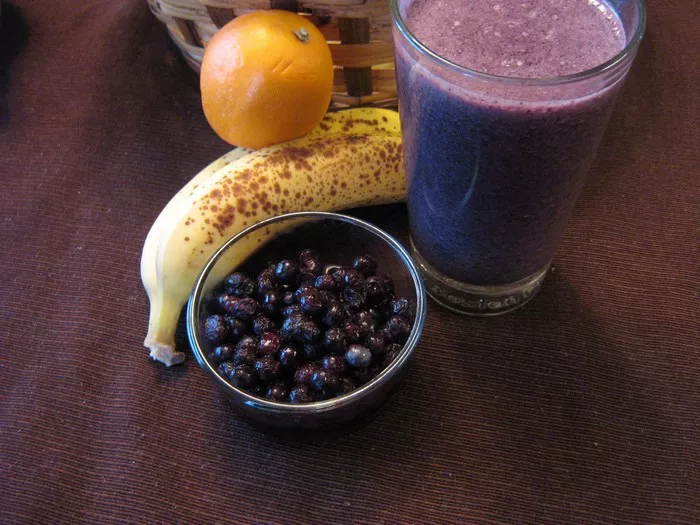Cooking tea eggs is a delightful culinary activity that combines the simplicity of boiling eggs with the complexity of flavorful spices and tea. This traditional Chinese snack is enjoyed by people all over the world for its unique taste and the warmth it brings to any meal. Let’s dive into the detailed steps of making delicious tea eggs at home.
Ingredients Preparation
Before starting, ensure you have all the necessary ingredients ready. Here’s a list of what you’ll need:
Eggs: 12 large eggs
Tea: 4-5 grams of red tea leaves (preferably black tea for its rich flavor and vibrant color)
Spices: 2 star anise, 3 bay leaves, 1 gram of fennel seeds
Seasonings: 10-15 grams of salt, 20 grams of light soy sauce, 10 grams of dark soy sauce, 10 grams of sugar
Water: 800 milliliters of water (preferably filtered or purified)
Feel free to adjust the quantities based on your preferences and the number of eggs you’re cooking.
Step-by-Step Cooking Process
Step 1: Boiling the Eggs
Placing Eggs in Water: Start by adding the eggs to a pot and filling it with water until the eggs are fully submerged.
Boiling: Turn the heat to high and bring the water to a boil. Once boiling, let the eggs cook for 2 minutes.
Simmering: After 2 minutes, turn off the heat, cover the pot, and let the eggs simmer for an additional 5 minutes. This method ensures the eggs are cooked through but not overdone.
Step 2: Cooling and Cracking the Eggs
Cooling: Drain the hot water from the pot and transfer the eggs to a bowl of cold water. Let them soak for 5 minutes to prevent overcooking.
Cracking: Remove the eggs from the cold water and use the back of a spoon to gently tap each egg. The goal is to create an even pattern of cracks around the shell. This allows the flavorful broth to seep into the egg.
Step 3: Preparing the Spices and Tea
Measuring and Cleaning: Weigh out all the spices and tea leaves. Rinse them with water to clean off any dust or impurities.
Adding to Pot: You can place the spices in a spice box or directly into a new, large pot.
Using a spice box helps keep the broth clear of debris but is optional.
Step 4: Making the Flavorful Broth
Adding Seasonings: Place the salt, sugar, light soy sauce, and dark soy sauce into the pot with the spices.
Filling with Water: Add enough water to fill the pot halfway. Stir the mixture to ensure all the seasonings are well distributed.
Boiling: Bring the water to a boil over high heat. Once boiling, reduce the heat to low and let it simmer for 2 minutes. This allows the tea and spices to release their fragrant oils.
Step 5: Cooking the Tea Eggs
Adding Eggs: Carefully place the cracked eggs into the pot with the boiling broth.
Simmering: Bring the pot back to a boil, then reduce the heat to low and let the eggs simmer for another 5 minutes.
Soaking: Turn off the heat, cover the pot, and let the eggs soak in the fragrant broth for at least 8 hours. This allows the flavors to fully penetrate the eggs.
Step 6: Serving the Tea Eggs
Reheating: Before serving, you can reheat the eggs in the pot with the broth over low heat. Alternatively, you can microwave them, but be sure to slice them in half to prevent them from bursting.
Serving: Serve the tea eggs warm or at room temperature. They can be enjoyed as a snack, a breakfast item, or even as part of a larger meal.
Tips for Perfect Tea Eggs
Cracking Technique: When cracking the eggs, ensure you create small, even cracks. This helps the broth evenly penetrate the eggs.
Broth Flavor: Adjust the seasoning to your taste. If you prefer a stronger tea flavor, you can increase the amount of tea leaves.
Soaking Time: The longer the eggs soak in the broth, the more flavorful they will be. However, soaking for too long can make them too salty, so keep an eye on the soaking time.
Storage: If you have leftover tea eggs, store them in the broth in the refrigerator. They can be reheated later and will retain their flavor.
Variations and Additional Flavors
While the basic recipe is delicious, there are endless possibilities for adding flavors to your tea eggs. Here are a few suggestions:
Herbs: Add fresh herbs like thyme, rosemary, or parsley for an aromatic twist.
Spices: Experiment with different spices such as cinnamon sticks, cloves, or cardamom pods for a unique flavor profile.
Chili: For a spicy kick, add dried chili flakes or fresh chili peppers to the broth.
Sweetness: If you prefer a sweeter tea egg, increase the amount of sugar or add a piece of ginger for a subtle sweetness.
Historical Background
Tea eggs have a long history in Chinese cuisine. While the exact origin is unknown, the earliest written record of tea eggs dates back to the Qing Dynasty, where food critic
Yuan Mei detailed their preparation in his book Suiyuan Shidan. In his recipe, he suggested cooking the eggs with salt, coarse tea leaves, and adjusting the quantities based on the number of eggs. This historical context adds to the charm of making and enjoying tea eggs today.
Conclusion
Cooking tea eggs is a simple yet rewarding culinary activity. With just a few ingredients and a bit of patience, you can create delicious, flavorful eggs that are perfect for any occasion. Whether you’re enjoying them as a snack, a breakfast item, or part of a larger meal, tea eggs bring a unique and comforting taste to your table.
By following the detailed steps outlined in this article, you’ll be able to make perfect tea eggs at home. Experiment with different spices, herbs, and teas to find your favorite flavor combination. Enjoy the process of cooking and savoring these delicious tea eggs!
Related Topics:



























